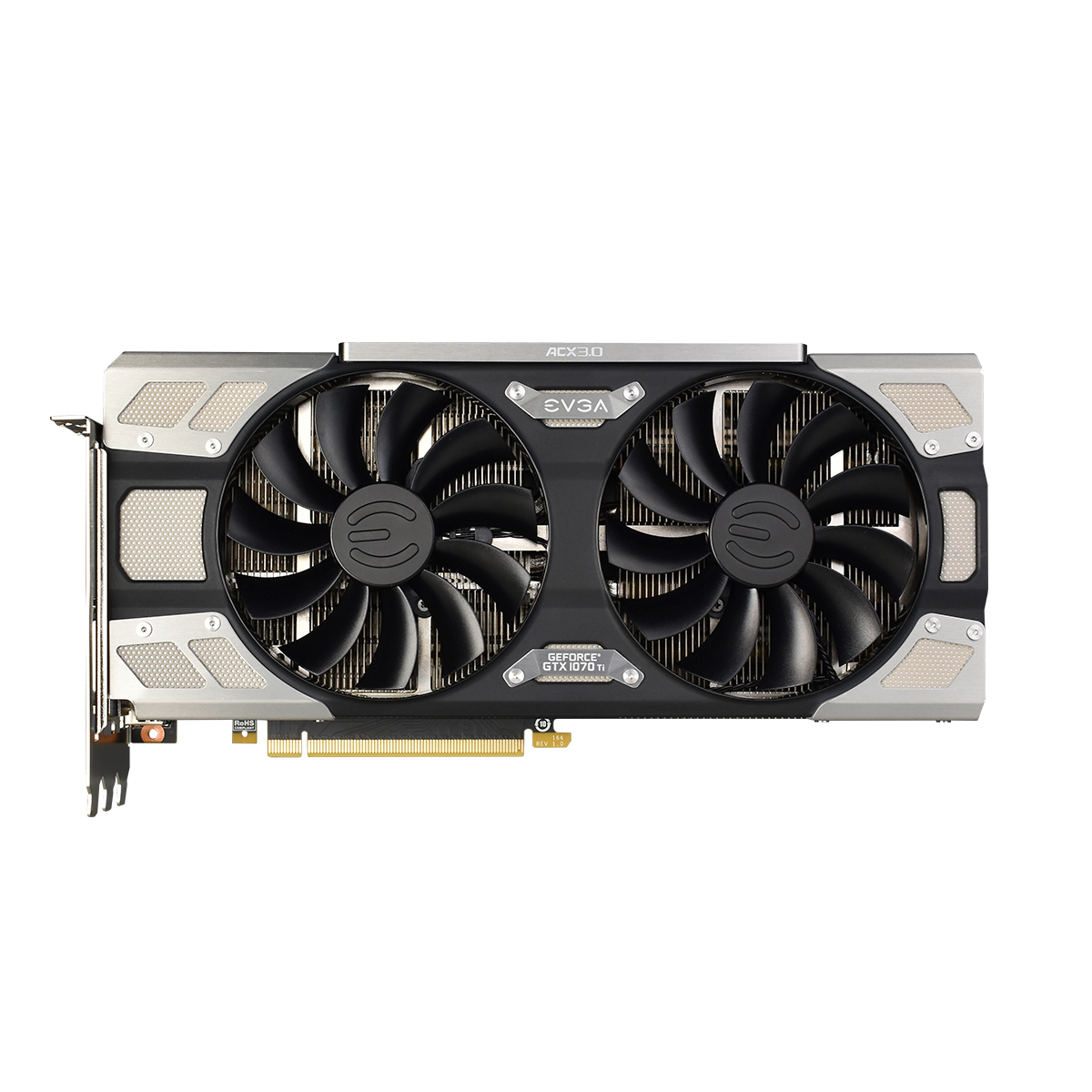
So, based on linear projections, 150 MHz would correlate to 0.150 mV. Previously, the voltage used to be linear, so a 100 MHz increase meant a 0.1 mV offset and so on. But it has allowed the company to introduce flexible voltage offsets that allow the card to maximize MHz to voltage efficiency. The jump from Nvidia’s GPU Boost 2.0 to 3.0 means that users no longer have the ability to modify the card’s BIOS. This is because Nvidia locks the card’s voltage to 1.093v, and it’s impossible to exceed this regardless of the brand or model you have. You don’t have to worry about burning your Nvidia GeForce graphics card while trying to overclock it. If your card runs below the target temperature you’ve set, GPU Boost 3.0 will kick in and increase the clock’s speed so that you get better performance.īut you can get better fps, and in turn, a smoother, more enjoyable gaming experience by overclocking the card. The 1070 FTW also comes with Nvidia’s GPU Boost 3.0, which boosts your card’s clock speed in real-time based on the set target temperature. It also comes with innovative graphics technologies and features that allow you to have a better experience with AAA games and even leverage virtual reality. The card already offers noticeable improvements in power efficiency, memory bandwidth, and performance over Maxwell, the previous Nvidia Maxwell architecture. The EVGA GeForce GTX 1070 FTW Gaming ACX is based on Nvidia’s Pascal architecture and has a pre-overclocked core, but it’s still possible to push it a little more to get the most out of it.


GTX 1070 FTW Overclock Safety Assurance.


 0 kommentar(er)
0 kommentar(er)
